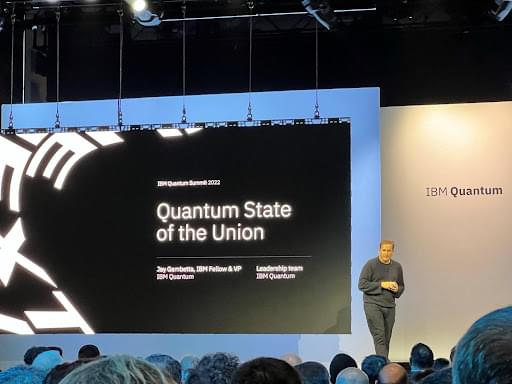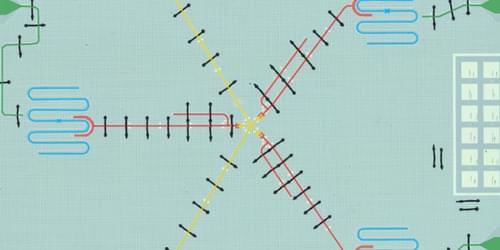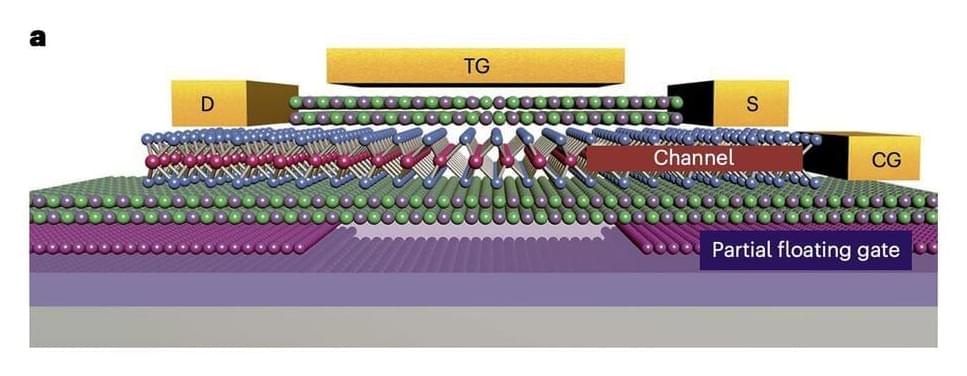
Combustion engines, propellers, and hydraulic pumps are examples of fluidic devices—instruments that utilize fluids to perform certain functions, such as generating power or transporting water.
Because fluidic devices are so complex, they are typically developed by experienced engineers who manually design, prototype, and test each apparatus through an iterative process that is expensive, time-consuming, and labor-intensive. But with a new system, users only need to specify the locations and speeds at which fluid enters and exits the device. The computational pipeline then automatically generates an optimal design that achieves those objectives.
The system could make it faster and cheaper to design fluidic devices for all sorts of applications, such as microfluidic labs-on-a-chip that can diagnose disease from a few drops of blood or artificial hearts that could save the lives of transplant patients.

















